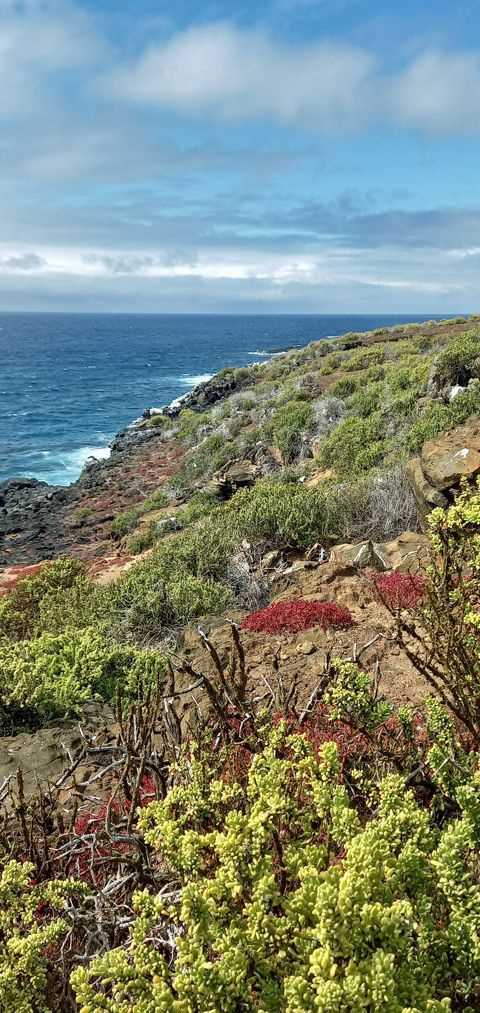Our last full day brings us back to San Cristóbal, the easternmost island of the Enchanted Isles. This stunning island has a variety of amazing landscapes, as well as a high rate of endemism being one of the oldest. In the morning we explored Punta Pitt, located in the northeast part of the island. This was the first outcrop of rock sighted by the crew of the HMS Beagle when it arrived in Galápagos in 1835. In the afternoon, we moved to a new anchorage: Cerro Brujo, where a long and beautiful beach of white sands is home to a large colony of Galápagos sea lions.
- Daily Expedition Reports
- 06 Aug 2021
San Cristóbal Island, 8/6/2021, National Geographic Endeavour II
- Aboard the National Geographic Endeavour II
- Galápagos
Galápagos Aboard National Geographic Endeavour II
VIEW ITINERARYSign Up for Daily Expedition Reports
Fields with an asterisk (*) are required.
Enter travel details to receive reports from a single expedition
Send Daily Expedition Reports to friends and family
*By clicking the submit button, I authorize Lindblad Expeditions to email me; however, I am able to unsubscribe at any time. For more details, see our Privacy Policy.
Please note: All Daily Expedition Reports (DERs) are posted Monday-Friday,
during normal business hours. DERs are written onboard the ship only and do
not apply to land-based portions of expeditions.







